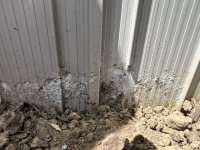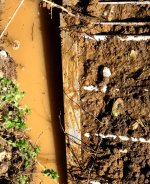I have an Aquasport 12x24x52 semi-in ground pool. I am considering switching from LC to SWG, but am concerned about the corrosive effects of the SWG on the aluminum frame.
How significant of a concern is corrosion? Many websites seem to downplay the concern, but at least one website flat out says not to use SWG with a steel or aluminum frame above ground pool. (My pool is sunk about 2-2.5 feet into the ground, with the remainder extruding above the ground.
Thanks for the advice.
How significant of a concern is corrosion? Many websites seem to downplay the concern, but at least one website flat out says not to use SWG with a steel or aluminum frame above ground pool. (My pool is sunk about 2-2.5 feet into the ground, with the remainder extruding above the ground.
Thanks for the advice.





